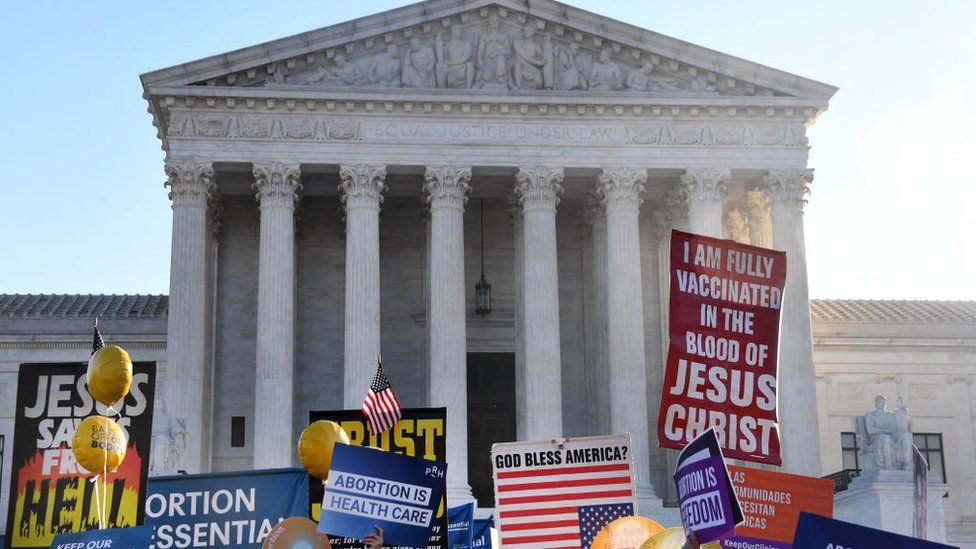
In a case that could reshape the legal landscape of reproductive rights in the United States, the Supreme Court is hearing arguments on a landmark case concerning abortion. The outcome of this case could have far-reaching implications for the future of Roe v. Wade, the 1973 decision that legalized abortion nationwide. As the nation watches, this legal battle has reignited debates over the right to choose and state-level restrictions on abortion access, making it one of the most pivotal cases in recent history.
The Background of the Case
At the heart of the case is a challenge to a restrictive abortion law passed in a southern state, which bans most abortions after six weeks of pregnancy. Known as a “heartbeat bill,” the law has been widely criticized by pro-choice advocates who argue that many women don’t even know they are pregnant by six weeks. The law also lacks exceptions for cases of rape or incest, further intensifying opposition.
The law was previously blocked by lower courts as a violation of Roe v. Wade. However, the state has appealed, bringing the case before the Supreme Court. With a conservative-leaning bench following recent appointments, there is growing concern that this case could undermine the protections established under Roe, opening the door for more states to enact restrictive abortion laws.
Legal Arguments and Public Opinion
The central legal question before the court is whether states have the right to impose significant restrictions on abortion that effectively challenge the viability standard set by Roe v. Wade. Proponents of the state law argue that individual states should have the power to regulate abortion and protect fetal life, pointing to scientific advancements that push the understanding of fetal development earlier in pregnancy.
On the other side, pro-choice advocates contend that overturning or weakening Roe would deprive millions of women of their reproductive rights and disproportionately affect low-income and minority communities who already face barriers to healthcare access. They argue that a woman’s right to choose should remain protected under the constitutional right to privacy, a key element of the original Roe decision.
Public opinion on abortion remains deeply divided in the U.S. While polls show that a majority of Americans support keeping abortion legal in some form, there is also significant support for certain restrictions. This case has brought those tensions to the forefront, with protests from both sides of the debate taking place outside the Supreme Court as justices hear the arguments.
Potential Impact of the Ruling
If the Supreme Court rules in favor of the state, it could signal a shift in abortion rights, giving states more power to enact restrictive laws. This could lead to a patchwork of abortion regulations across the country, with access varying significantly depending on where someone lives. For pro-choice advocates, this would represent a major setback, while pro-life groups see it as a victory in their long-standing effort to overturn Roe v. Wade.
Regardless of the outcome, the decision is likely to have a profound impact on the political and social landscape of the U.S., fueling further debate in the lead-up to future elections.
Conclusion
As the Supreme Court hears this landmark case, the future of abortion rights in the U.S. hangs in the balance. The ruling could redefine reproductive rights for generations to come, making it one of the most significant cases in the court’s recent history.
image source – BBC


